Every now and then, newspaper headlines warn about the Calima, and social media floods with images straight out of sci-fi movies about Mars travel themes.
Calima is a Spanish term describing a meteorological phenomenon involving the transport of very small particles of dust, ash, clay, or sand in the atmosphere. It distinguishes between Type A Calima, also known as natural haze, when dry and hot winds carry dust from the Sahara. After all, there's quite a bit of it covering an area of 9.2 million square kilometers. It's a common occurrence in Mediterranean countries, the Canary Islands, and even further regions, as remnants of sandstorms reach as far as North America, the Caribbean, and the eastern United States, carried by summer anticyclones and trade winds.
There's also Type B Calima, which occurs due to specific events, such as forest fires, serving as a source of pollution.
And here's how the phenomenon looks from space: LINK
Unfortunately, in terms of direct health impacts, the respiratory system is primarily affected. It can lead to nasal congestion, itching eyes, and coughing. Symptoms related to the nervous system, such as anxiety attacks, may also occur due to feelings of breathlessness and limited visibility. Engaging in outdoor sports is out of the question.
Serious disruptions associated with Calima occur several times a year and last for a few days, usually 2-3, but if there's no wind, the pollution can linger longer. The air becomes heavy, yellow, and even orange, and everything is covered in a layer of dust. And if it rains... well, then there's a lot to clean up...
Check air quality in Spain here Click here
Here are a few memes about Calima that you can find all over the internet 😉
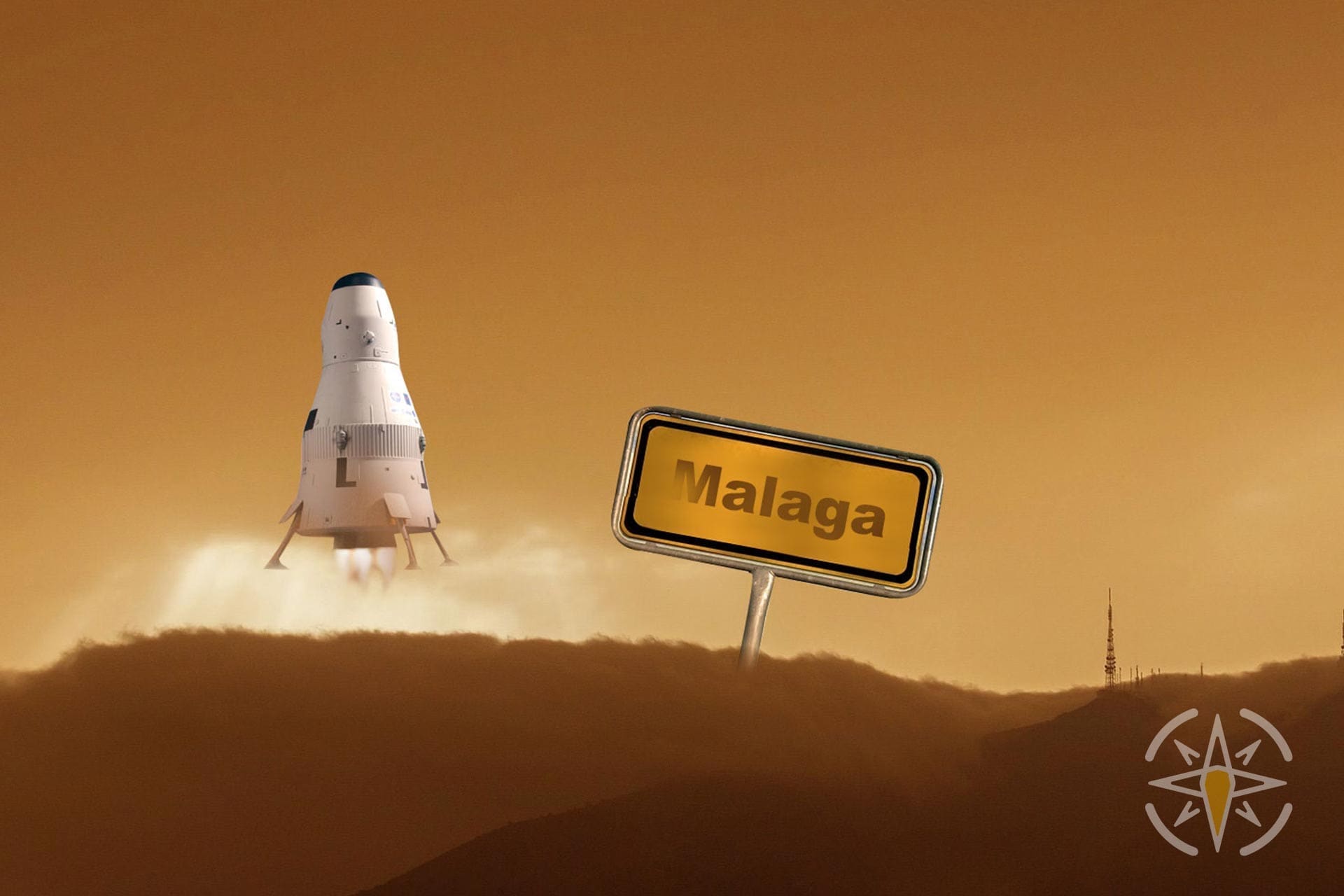
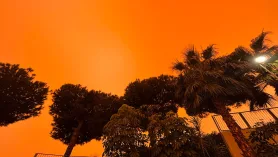

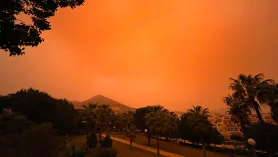
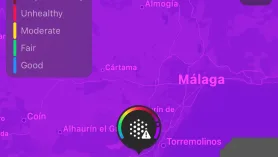








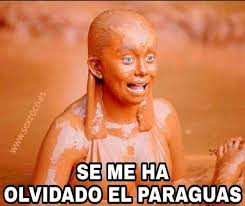

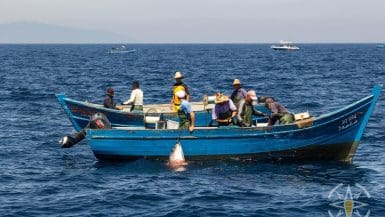

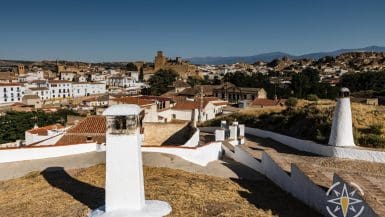


Leave a comment, ask a question...